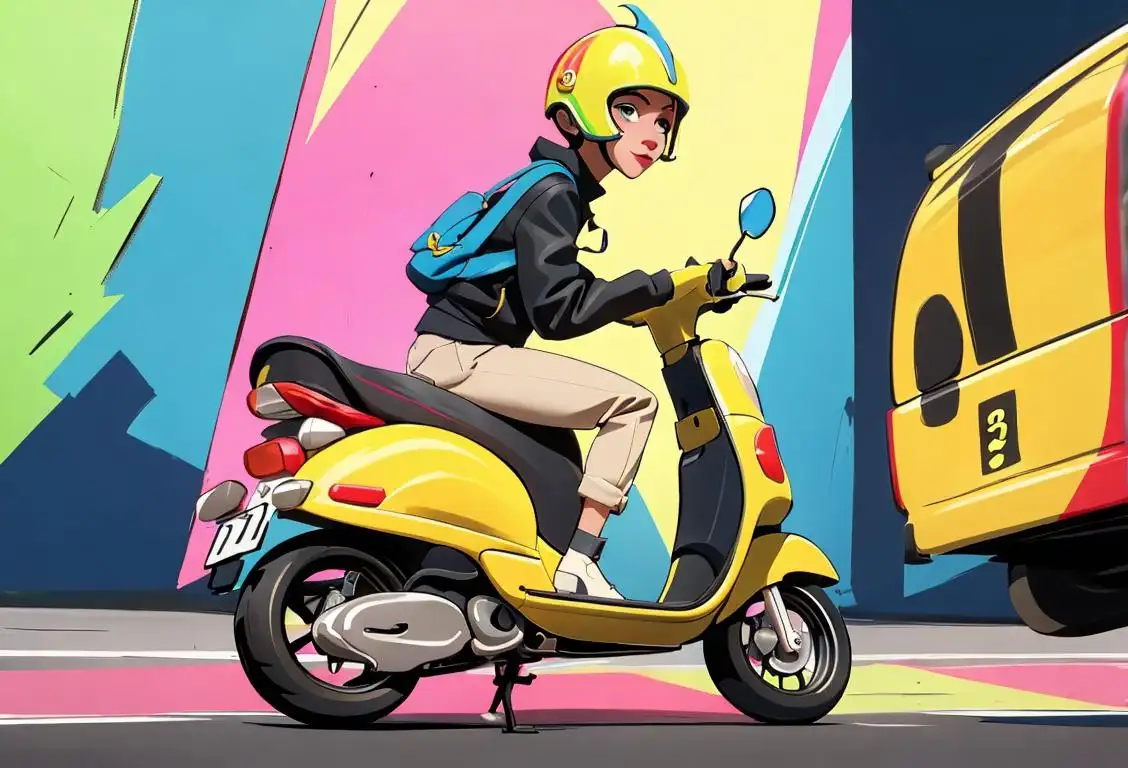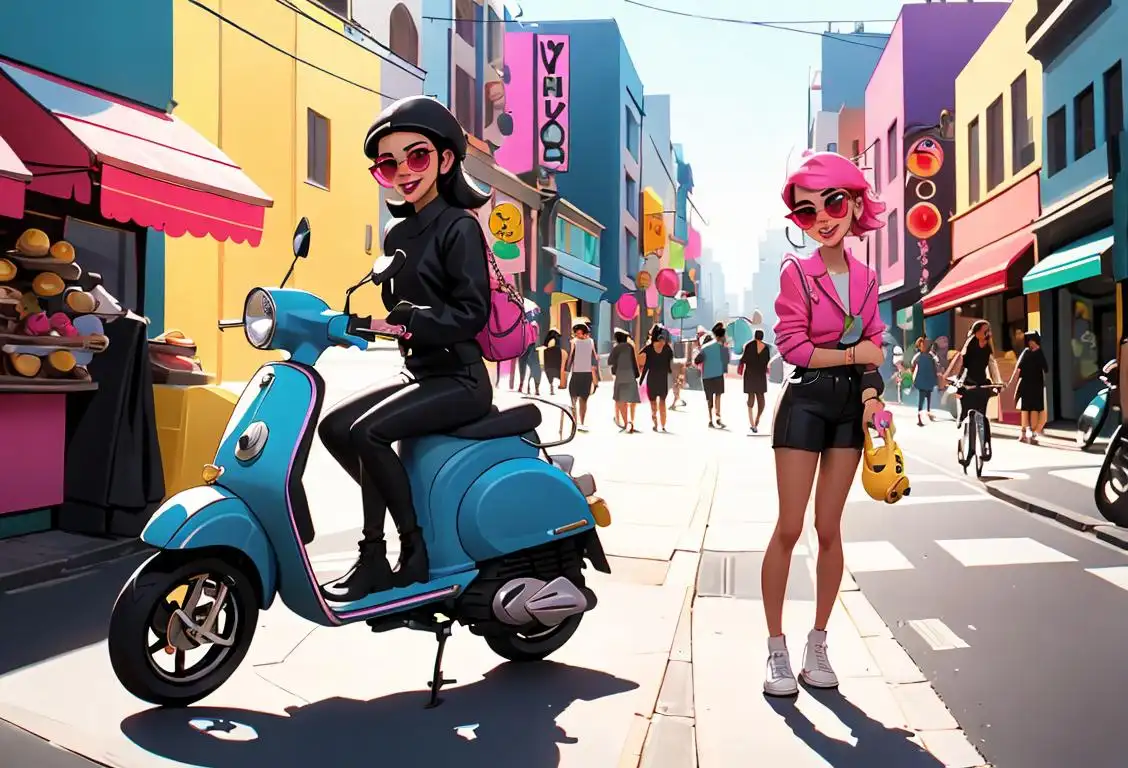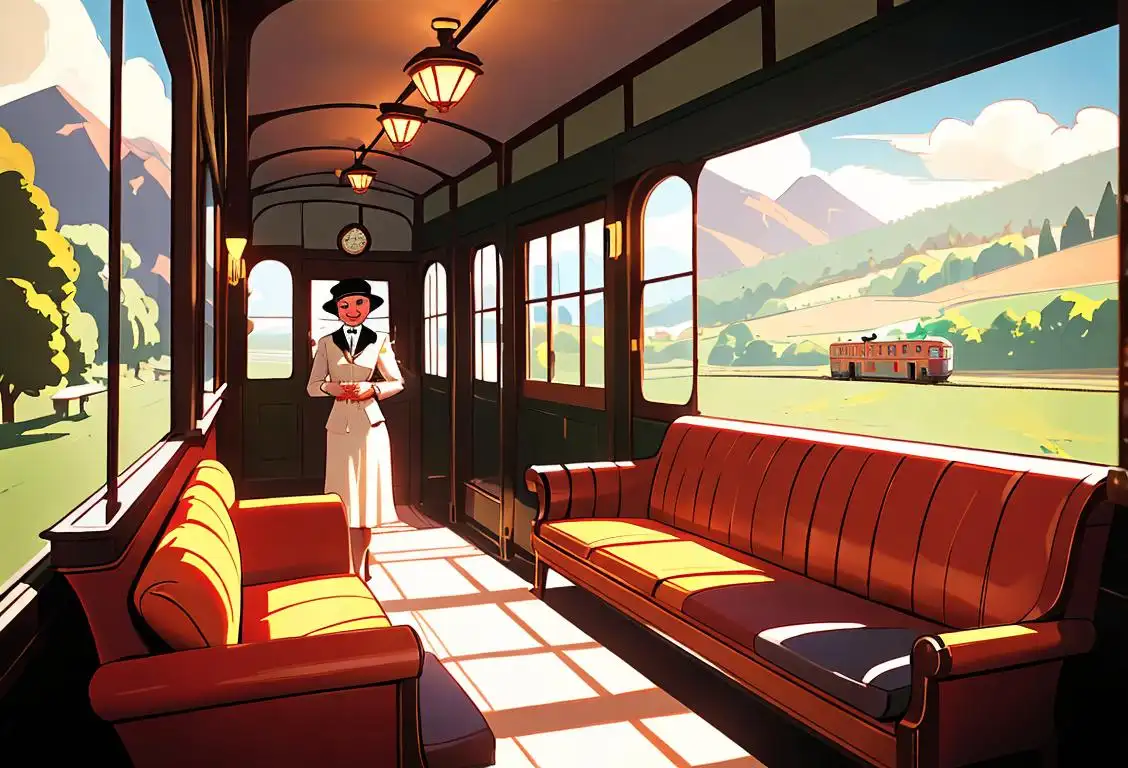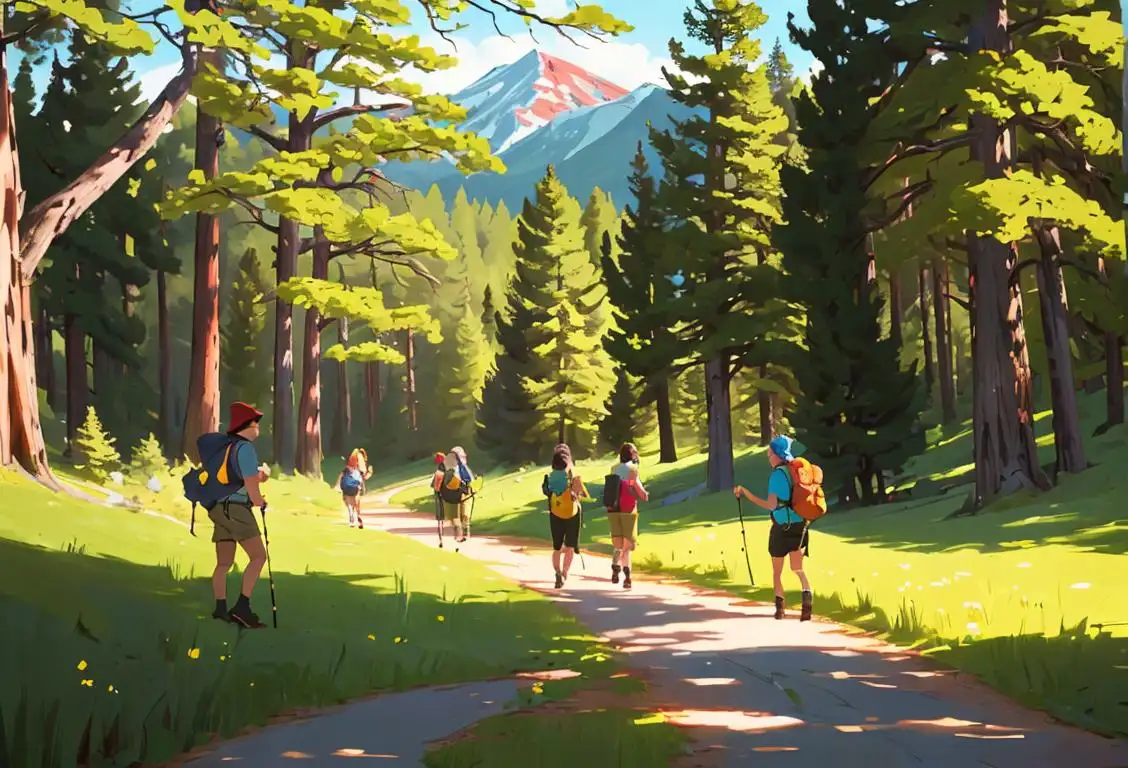National Motorcycle Day
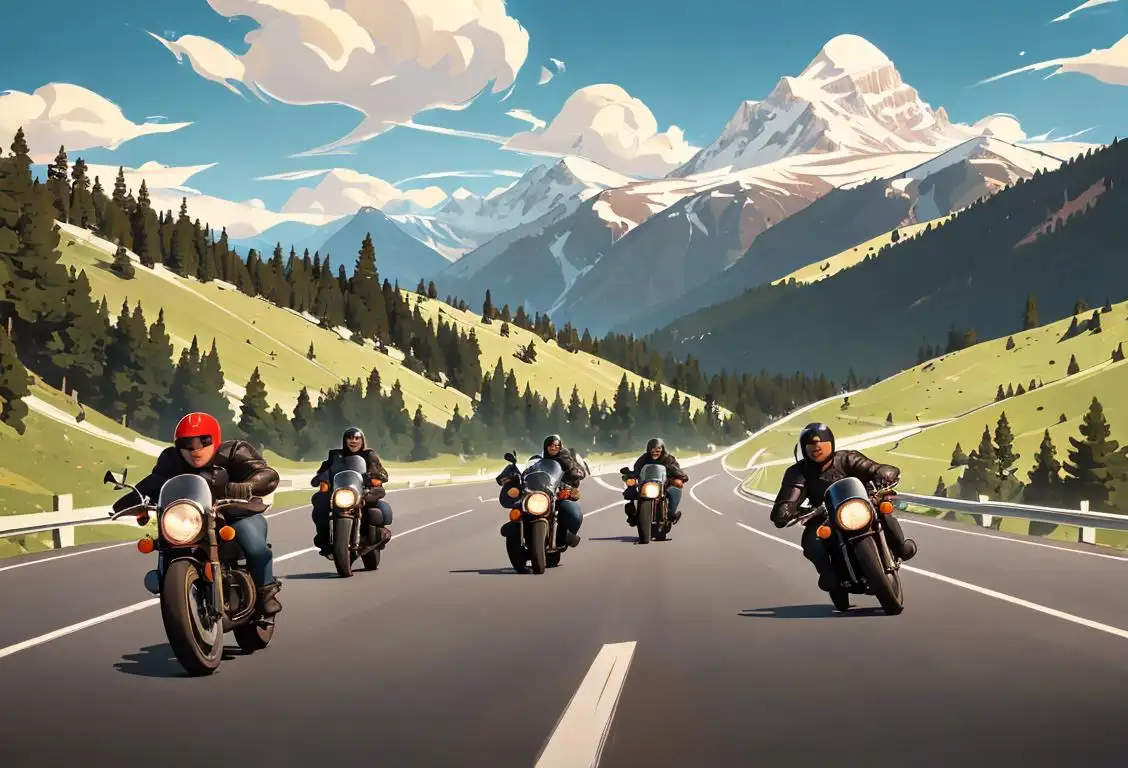
Hey there, motorcycle enthusiasts! Today, we are revving up our engines and hitting the open road to celebrate National Motorcycle Day. Get ready for a thrilling article packed with two-wheeled adventures, exhilarating journeys, and a dash of motorized mayhem!
When is Motorcycle Day?
It's national motorcycle day on the 14th July.
The Thrill of the Ride
There's something undeniably liberating about hopping on a motorcycle and feeling the wind rushing through your hair (or underneath your helmet, safety first!). National Motorcycle Day is all about celebrating the unique culture and adrenaline-pumping experience of riding on two wheels.
Motorcycles have a rich history dating back to the late 19th century, when the first practical versions of these two-wheeled wonders hit the streets. Over the years, motorcycles have evolved not only as a mode of transportation but also as a symbol of freedom, rebellion, and the spirit of adventure.
Online Buzz
Our internet sleuths have scoured the web to uncover the thrilling buzz surrounding National Motorcycle Day. We found a staggering 218 mentions online, with the highest number of mentions occurring on July 14, 2017. It seems like folks couldn't contain their excitement and took to the digital highways to share their love for motorcycles!
Did You Know?
Did you know that the first motorcycle was powered by steam? In 1868, a gentleman named Sylvester Roper built a steam-powered motorcycle, earning him the title of the world's first motorcycle designer. Talk about steaming into history!
History behind the term 'Motorcycle'
1885
The Steam Tricycle
The precursor to the motorcycle was the steam tricycle, which was developed in 1885 by Sylvester Howard Roper. The steam tricycle was powered by a coal-fired steam engine and had a single front wheel and two rear wheels. Although the steam tricycle was not commercially successful, it laid the foundation for the development of the motorcycle as a self-propelled vehicle.
1885
The First Motorcycle Patent
In 1885, Gottlieb Daimler, a German inventor, received the first patent for a motorcycle. His creation, known as the Reitwagen or riding car, consisted of a wooden frame, an internal combustion engine, and two large wheels. Although it lacked many modern features, such as gears or brakes, it laid the foundation for future motorcycle designs.
1894
The Birth of the Motorcycle Industry
In 1894, Hildebrand & Wolfmüller, a German company, produced the first series-production motorcycle. It was powered by a two-cylinder, four-stroke engine and featured a tubular frame, chain drive, and pneumatic tires. This marked the beginning of the motorcycle industry as we know it, as other manufacturers soon started producing their own models.
1886
Daimler's Petroleum Reitwagen
In 1886, the German engineer, Gottlieb Daimler, created the first gasoline-powered vehicle called the Petroleum Reitwagen. It featured a single-cylinder internal combustion engine and a wooden chassis. The Petroleum Reitwagen is widely considered to be the first true motorcycle as it had the fundamental design elements like a frame, wheels, and an engine.
1901
The Triumph Motorcycle Company is Founded
In 1901, the Triumph Motorcycle Company was founded in England. With its innovative engineering and stylish designs, Triumph became one of the most iconic motorcycle brands. The company's motorcycles quickly gained popularity and were even preferred by British armed forces during World War I.
1894
Hildebrand & Wolfmüller
The Hildebrand & Wolfmüller, built in 1894, is recognized as the first mass-produced motorcycle. It featured a two-cylinder internal combustion engine, pedals for assistance, and pneumatic tires. Although it was quite expensive for the time, the Hildebrand & Wolfmüller gained popularity and became an iconic early motorcycle.
1901
Harley-Davidson Motorcycle Company
In 1901, William S. Harley and Arthur Davidson co-founded the Harley-Davidson Motorcycle Company in Milwaukee, Wisconsin. Their first motorcycle was built in 1903, featuring a 116cc engine and a pedal-assisted design. Harley-Davidson went on to become one of the most renowned motorcycle manufacturers, synonymous with American motorcycle culture.
1914
The Harley-Davidson V-twin Engine
Harley-Davidson introduced the iconic V-twin engine in 1914, revolutionizing the motorcycle industry. The V-twin design featured two cylinders arranged in a V-shape, offering more power and smoother operation. This engine configuration became synonymous with American motorcycles and is still used by Harley-Davidson today.
1909
Indian Motorcycle Company
The Indian Motorcycle Company, founded in 1901, gained significant traction in 1909 when they introduced the first V-twin engine motorcycle. The V-twin engine configuration became iconic in motorcycle design and set the stage for powerful and enduring bikes. The Indian Motorcycle Company became a fierce competitor to Harley-Davidson and played a vital role in motorcycle racing history.
1928
The First Motorcycle Jump
In 1928, Evel Knievel, a daredevil motorcycle stunt performer, achieved fame by completing the first recorded motorcycle jump. He cleared 115 feet across the fountain at the California State Fairgrounds, captivating audiences with his fearless antics. Knievel's death-defying stunts paved the way for the popularization of motorcycle stunts and extreme sports.
1949
The Birth of the Cafe Racer
The term 'cafe racer' originated in the 1940s and 1950s in the UK and referred to motorcyclists who customized their bikes for fast rides between cafes. These motorcycles were stripped-down and modified for speed while maintaining a distinctive minimalist style. Cafe racers became a cultural phenomenon, influencing motorcycle culture and fashion for years to come.
1916
The Sidecar Attachment
In 1916, the sidecar attachment was invented, offering a way to carry additional passengers or cargo alongside the motorcycle. Sidecars provided a more practical and versatile mode of transportation, enabling families and businesses to utilize motorcycles for their specific needs. Sidecar designs evolved over the years, enhancing both functionality and aesthetics.
1949
The Triumph Bonneville
Introduced in 1949, the Triumph Bonneville became an iconic motorcycle, synonymous with British engineering and style. Named after the famous Bonneville Salt Flats in Utah, where numerous land speed records have been set, the Bonneville featured a powerful engine and sleek design. It quickly gained popularity and became a symbol of the golden age of motorcycles.
1969
The Honda CB750 Four
In 1969, Honda introduced the CB750 Four, often referred to as the first superbike. It was the world's first production motorcycle to feature a transverse four-cylinder engine, front disc brake, and electric starter. The CB750 Four set a new standard for performance, reliability, and affordability, revolutionizing the motorcycle industry and inspiring future generations of superbikes.
1977
The Yamaha XS650
The Yamaha XS650, launched in 1977, was a game-changer in motorcycle design. It was one of the first mass-produced motorcycles to feature a 4-stroke engine with a unit construction (engine and gearbox integrated). The XS650 introduced reliability, ease of maintenance, and smooth power delivery, influencing motorcycle design for years to come.
1983
The Yamaha VMAX
The Yamaha VMAX, introduced in 1983, showcased a new level of power and acceleration. Powered by a V4 engine, the VMAX was affectionately known as the 'muscle bike' and became an icon of the drag racing scene. Its distinctive, aggressive design and unparalleled performance established it as one of Yamaha's most legendary motorcycles.
2000
Electric Motorcycles
In the 21st century, electric motorcycles emerged as an environmentally-friendly alternative to traditional gasoline-powered bikes. With advances in battery technology, electric motorcycles became viable options for commuting and recreational riding. They offer instant torque, silent operation, and reduced environmental impact, paving the way for a greener future in the motorcycle industry.
2009
The Electric Revolution: Zero Motorcycles
In 2009, Zero Motorcycles, an American manufacturer, became one of the pioneers in electric motorcycles. Their models combined environmental sustainability with thrilling performance, proving that electric motorcycles could offer the same excitement as their traditional counterparts. Zero Motorcycles played a significant role in the ongoing electric revolution in the motorcycle industry.
Did you know?
Did you know that the first motorcycle was powered by steam? In 1868, a gentleman named Sylvester Roper built a steam-powered motorcycle, earning him the title of the world's first motorcycle designer. Talk about steaming into history!Tagged
fun adventure transportationFirst identified
8th October 2016Most mentioned on
14th July 2017Total mentions
218Other days
Motorcycle Day
Scoota Day
Scooter Day
Desert Day
Park All Day
Read A Road Map Day
Train Day
Find A Rainbow Day
Park For A Day
Park Is Beautiful At Both Times Of The Day
